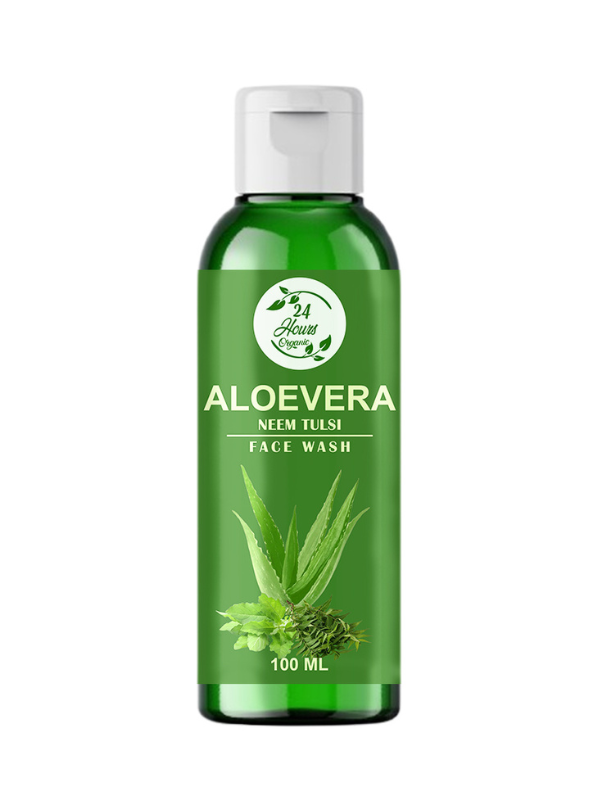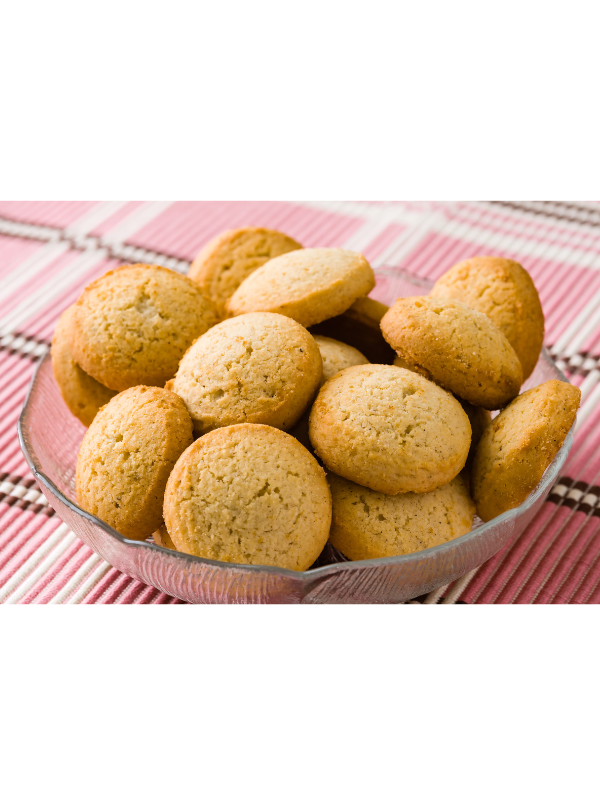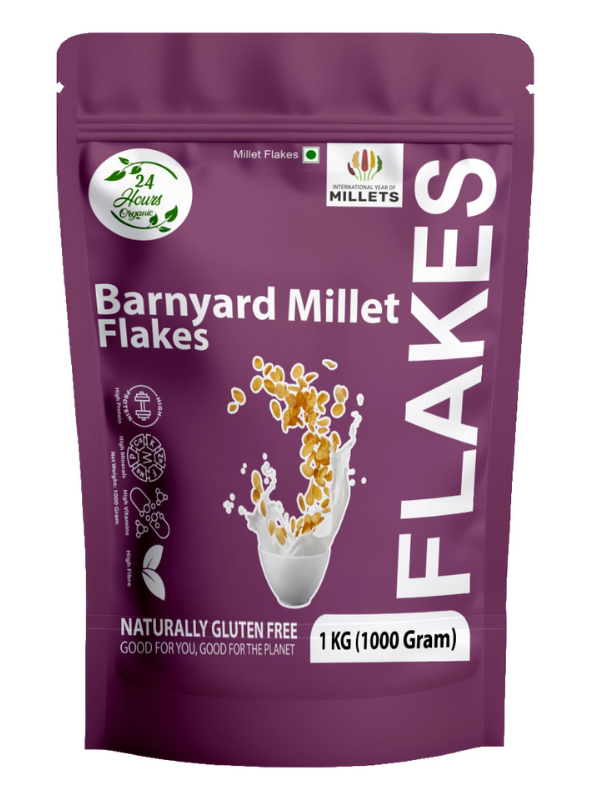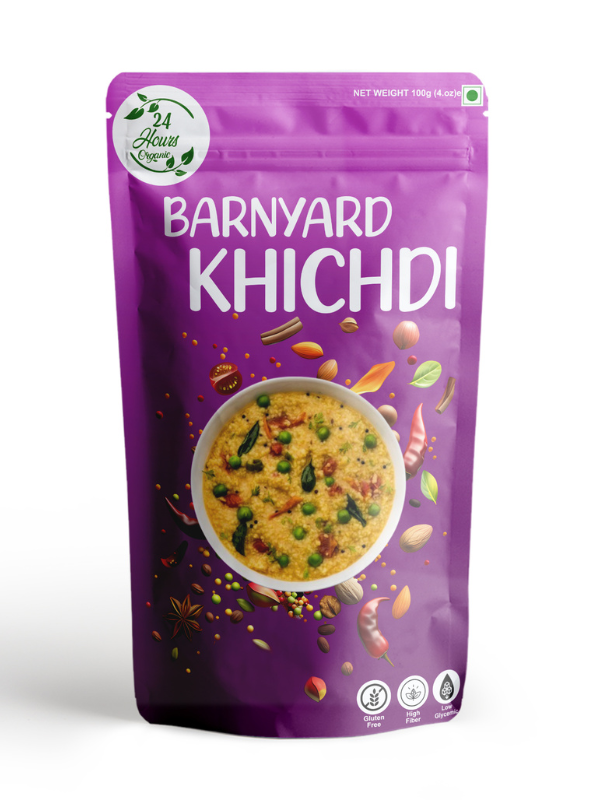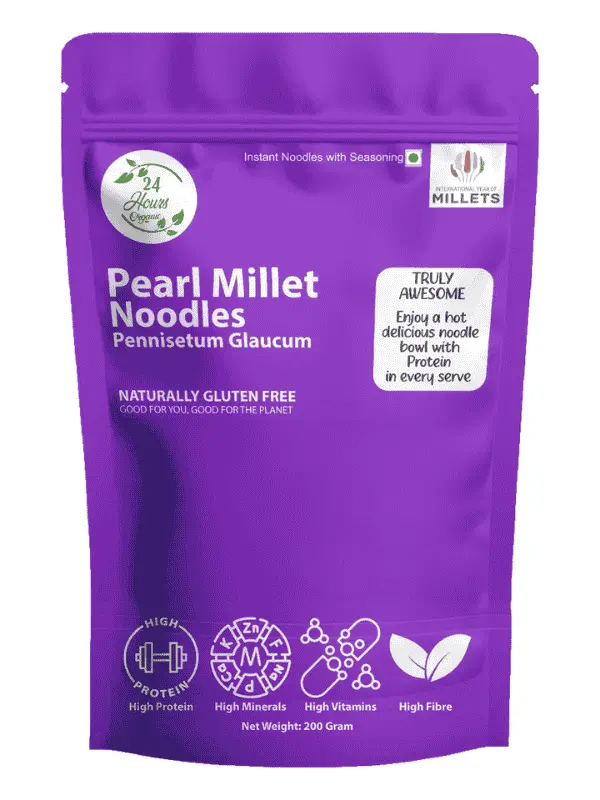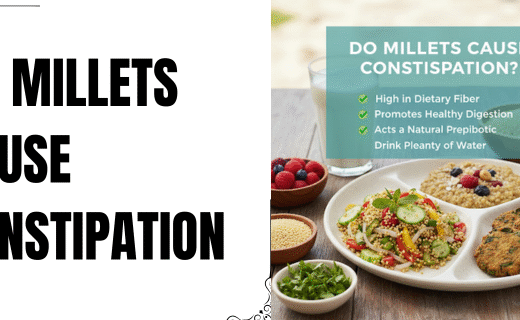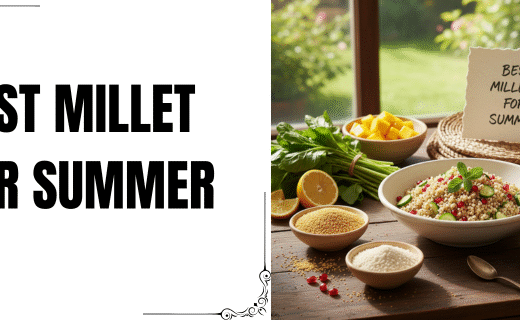Millets are a group of small-seeded grains that have been cultivated for thousands of years. They are considered nutritious, gluten-free, and climate-resilient crops, making them a healthy alternative to refined grains like rice and wheat. Packed with fiber, protein, vitamins, and minerals, millets are gaining popularity worldwide as a superfood.
Millets are not only good for health but also beneficial for the environment since they require less water and grow well in dry regions.
Types of Millets
Millets can be broadly classified into major millets and minor millets based on their cultivation and usage. Below are the commonly known types:
1. Pearl Millet (Bajra)
- Rich in iron and calcium
- Helps in improving digestion
- Commonly used in rotis, porridge, and khichdi
2. Finger Millet (Ragi)
- Excellent source of calcium and protein
- Boosts bone strength and aids weight management
- Popular in dosa, malt drinks, and cookies
3. Foxtail Millet
- High in dietary fiber
- Supports heart health and controls blood sugar
- Used in upma, pulao, and traditional sweets
4. Barnyard Millet
- Gluten-free and low in calories
- Ideal for weight loss and diabetes management
- Often consumed as khichdi, kheer, or porridge
5. Little Millet
- Packed with antioxidants
- Good for managing cholesterol
- Can replace rice in daily meals
6. Kodo Millet
- Rich in polyphenols and fiber
- Promotes digestion and heart health
- Cooked as pulao, idli, or dosa
Health Benefits of Millets
- Rich in fiber – aids digestion and prevents constipation
- Low glycemic index – suitable for diabetics
- High in protein & minerals – supports immunity and bone health
- Weight management – keeps you full for longer hours
- Heart-friendly – lowers cholesterol and improves cardiovascular health
Conclusion
Millets are versatile grains that can easily be included in daily meals as a healthy substitute for rice or wheat. With their numerous health benefits and sustainable nature, millets are becoming an essential part of modern diets.If you’re looking for a nutritious and eco-friendly grain, exploring different types of millets is a great way to begin your journey towards a healthier lifestyle.
Frequently Asked Question
1. Are millets healthier than rice?
Yes, millets are higher in fiber, protein, and essential nutrients compared to rice. They also have a lower glycemic index, making them better for weight control and diabetes.
2. Can millets be eaten daily?
Absolutely. Millets can be consumed daily as part of a balanced diet. They can replace rice, wheat, or other refined grains in many recipes.
3. Which millet is best for weight loss?
Foxtail millet, barnyard millet, and little millet are low in calories and high in fiber, making them excellent for weight loss.
4. Are millets good for diabetics?
Yes, due to their low glycemic index, millets help regulate blood sugar levels, making them suitable for diabetic patients.
5. How can I include millets in my diet?
You can use millets to make rotis, dosa, idli, porridge, pulao, upma, cookies, or even kheer as a healthy alternative.

